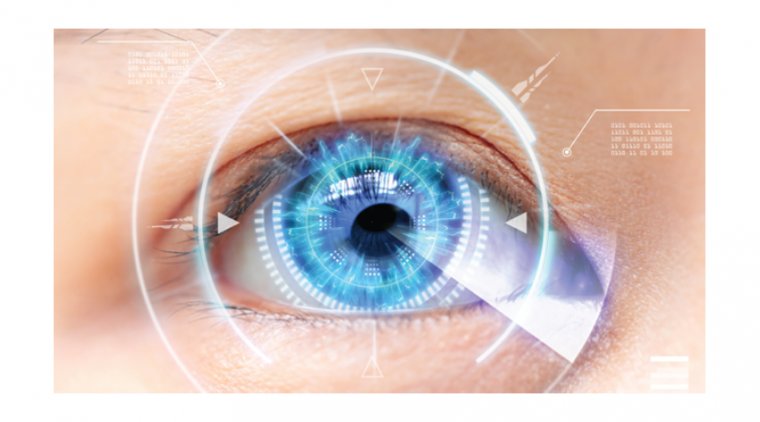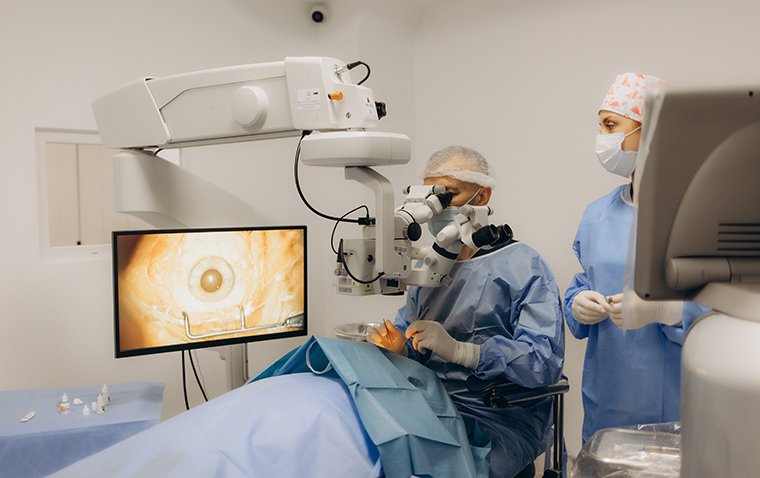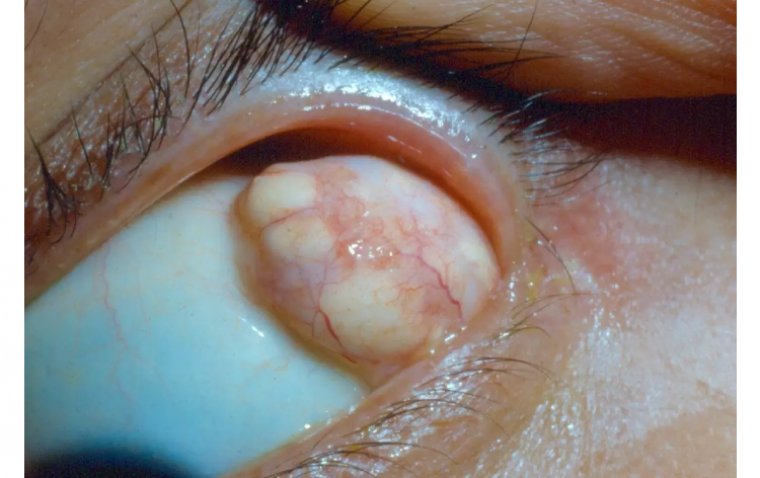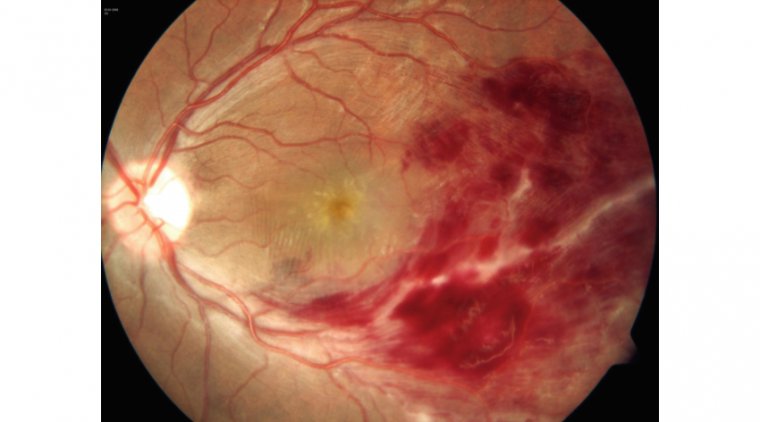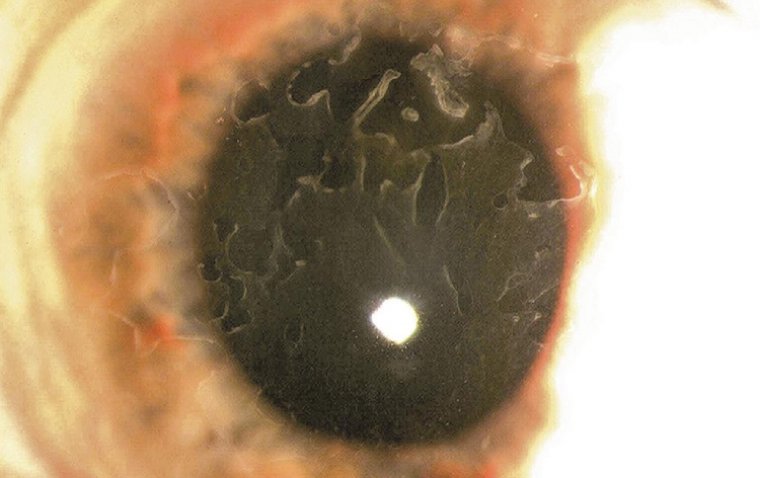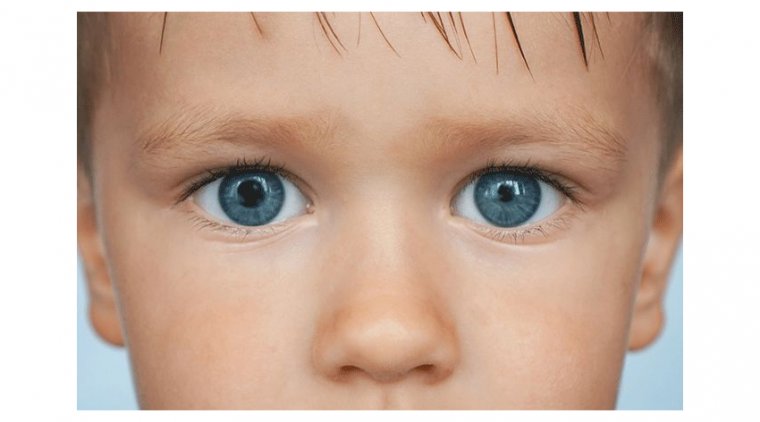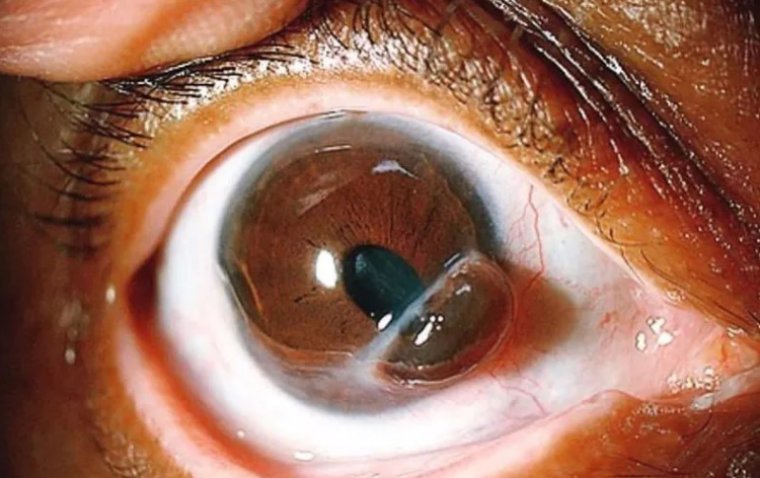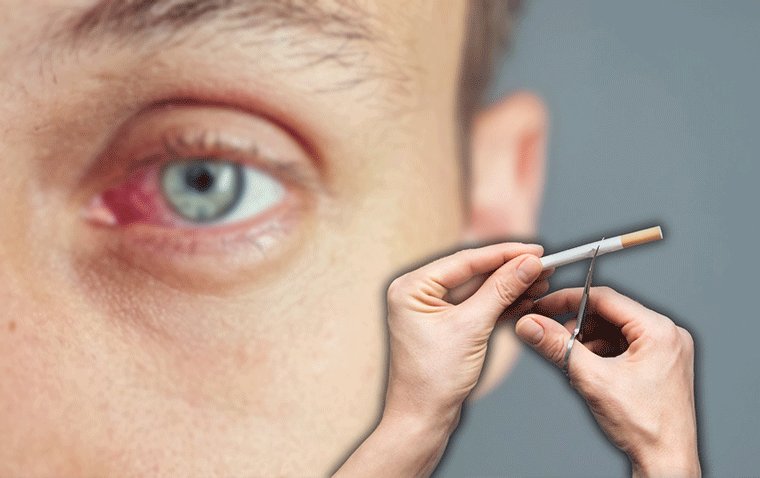
The Serious Impact of Smoking on Your Eye Health
Smoking is widely recognized as a major health hazard, contributing to a range of systemic diseases, including lung cancer, heart disease, and stroke. However, the harmful effects of smoking extend beyond these well-known conditions, significantly impacting eye health as well. This comprehensive article explores the detrimental effects of smoking on the eyes, offering essential insights and preventive measures to safeguard your vision.
The Connection Between Smoking and Eye Health
1. Increased Risk of Cataracts
Cataracts, the clouding of the eye's natural lens, are a leading cause of vision impairment and blindness worldwide. Research indicates that smokers are significantly more likely to develop cataracts compared to non-smokers. The risk escalates with the amount and duration of smoking, underscoring the importance of cessation efforts for eye health.
2. Greater Susceptibility to Age-Related Macular Degeneration (AMD)
Age-Related Macular Degeneration (AMD) affects the macula, the part of the eye responsible for sharp, central vision required for activities like reading and driving. Smoking doubles the risk of developing AMD and can even hasten the progression of the disease, leading to earlier onset and more severe vision loss.
3. Elevated Risk of Diabetic Retinopathy
For individuals with diabetes, smoking exacerbates the risk of diabetic retinopathy, a condition where high blood sugar levels cause damage to the retina's blood vessels. Smoking not only increases the likelihood of developing diabetic retinopathy but also accelerates its progression, potentially leading to blindness.
4. Uveitis and Other Eye Inflammations
Smoking is associated with a higher risk of uveitis, an inflammation of the uvea, the middle layer of the eye. This condition can lead to other eye problems, including glaucoma and cataract formation, further endangering vision.
5. Dry Eye Syndrome
Smokers are more likely to experience dry eye syndrome, a condition characterized by insufficient lubrication on the eye's surface. Symptoms include irritation, redness, and a gritty feeling in the eyes. The smoke itself is an irritant, worsening the condition for both smokers and those exposed to secondhand smoke.
What Eye Symptoms Should Smokers Be Aware Of?
● Clouded, Blurred or Dim Vision: Smokers may notice that their vision becomes fuzzy or less colorful, as if looking through a foggy window.
● Dark, Blurry Areas in the Center of Vision: Smokers may notice a dark spot in the center of their vision, making it difficult to read, drive, or see fine details.
● Changed Perception of Colors: Colors may seem less bright or more difficult to distinguish. This occurs because AMD affects the cells in the retina that perceive color.
● Increased Difficulty with Vision at Night: Smoking exacerbates lens clouding, making it more challenging to see in low-light conditions.
● Sensitivity to Light and Glare: Headlights, lamps, or sunlight may appear too bright or may cause a halo around lights, complicating everyday tasks.
● Fading or Yellowing of Colors: The clarity and vibrance of colors diminish, making it hard for smokers to distinguish between different hues.
.jpg)
Preventive Measures and Recommendations
1. Quitting Smoking
The most effective way to mitigate the risk of smoking-related eye diseases is to quit smoking. Various resources, including counseling, nicotine replacement therapies, and prescription medications, can support individuals in their journey to quit smoking.
2. Regular Eye Examinations
Early detection of eye conditions can significantly improve management and treatment outcomes. Regular comprehensive eye exams are crucial, especially for smokers and ex-smokers, to monitor for signs of eye disease.
3. Protective Measures
Wearing sunglasses that offer 100% UV protection can shield the eyes from harmful UV rays, reducing the risk of cataract formation and AMD progression. Additionally, maintaining a healthy diet rich in eye-friendly nutrients like vitamins C and E, lutein, and omega-3 fatty acids can support overall eye health.
4. Awareness and Education
Increasing awareness about the harmful effects of smoking on eye health is vital. Healthcare providers should educate patients about the risks and encourage smoking cessation as a critical step in preserving vision.
Conclusion
The impact of smoking on eye health is profound, with increased risks for cataracts, AMD, diabetic retinopathy, uveitis, and dry eye syndrome. Quitting smoking is the most effective measure to protect against these conditions. By adopting a comprehensive approach that includes cessation, regular eye exams, protective measures, and awareness, individuals can significantly reduce their risk of smoking-related eye diseases and safeguard their vision for the future.
(1).jpg)
